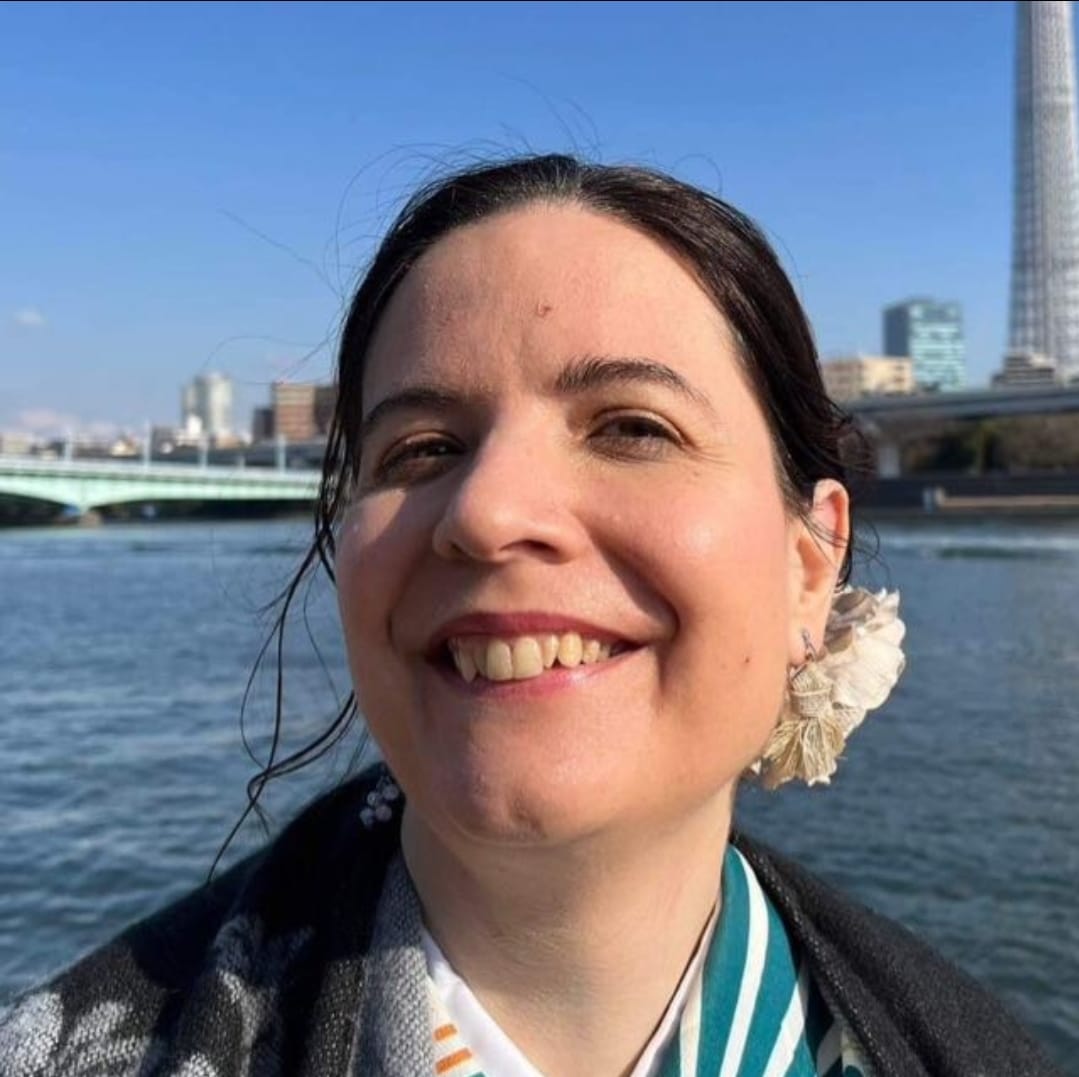
By
Laetitia Larrivée
Step into the world of art where creativity intertwines with joy, and the canvas becomes a transformative space for self-discovery. Recognized for its ability to uplift spirits and evoke emotions, art is a powerful tool for self-expression.
The Science Behind Art and Happiness
Scientific evidence robustly supports art's positive effects on happiness.
Dr. Semir Zeki's research at the University of London has established a fascinating link between the observation of art and heightened dopamine levels and increased activity in the brain's frontal cortex. This phenomenon induces feelings of pleasure akin to the euphoria experienced in the throes of romantic love. (https://www.telegraph.co.uk/culture/art/8501024/Viewing-art-gives-same-pleasure-as-being-in-love.html)
A study at Drexel University found that engaging in art, even doodling or coloring, increased blood flow to the brain's pleasure pathways. This additional blood flow to reward centers resulted in increased happiness, confidence in artistic endeavors, and a heightened desire to engage in more creative pursuits. The positive effects of creating art were significant for both non-artists and artists alike, reinforcing the universal impact of artistic expression on well-being. The fusion of creativity and neuroscience underscores the potent synergy between art and happiness.
(https://www.sciencedirect.com/science/article/pii/S019745561630171X?via%3Dihub)
The Healing Canvas
Taking this a step further, art has a therapeutic effect and art therapy can have a profound influence on well-being and happiness.
Art therapy is a dynamic field that harnesses the creative process and holds a key to enhancing mental and emotional well-being. Engaging in hands-on artistic activities allows individuals to externalize inner thoughts, fostering self-awareness and personal growth. Dr. Shaun McNiff, an expressive arts therapist and researcher, has extensively researched the transformative power of art in therapy. His work explores how engaging in the creative process can lead to self-discovery and personal transformation.
Moreover, multiple studies have also demonstrated correlations between creativity, art, well-being, and happiness. The British Journal of Clinical Psychology published a In one study, people who were involved in arts-oriented activities experienced a boost in positive emotions and a reduction in negative emotions—bringing about greater overall happiness. (https://bpspsychub.onlinelibrary.wiley.com/doi/10.1111/bjc.12149)
In a related study by The University of Otago, those involved in creative pursuits had more positive feelings in general. Their positive feelings drove additional creative activities. Thus, creativity fed positivity, which in turn, fed creativity, thus setting up a reinforcing relationship. (https://www.tandfonline.com/doi/full/10.1080/17439760.2016.1257049)
Dr. Cathy Malchiodi, a leading expert in expressive arts therapy, emphasizes the unique role of expressive arts in restoring vitality and joy in traumatized individuals. As she noted, the reason is that “aliveness is not something we can be 'talked into.' Instead, it is experienced in both mind and body and particularly on a somatosensory level."
Personal Reflections
In my deeply personal journey with art, I experienced a profound realization when I was confronted with life's unexpected challenges. Following a life-altering car accident at the age of 29, chronic pain and physical handicap suddenly became part of my life. I found solace in art—a haven where the canvas transformed into a confidante for emotions that eluded verbal articulation.
It felt like my entire life had been turned upside down, learning to walk again, grappling with intense pain that not even morphine could alleviate, and a shattered career path. The challenges seemed insurmountable, and the future appeared uncertain. Art became my refuge, providing a space to navigate the complexities of physical recovery and the emotional toll of a fractured career. With each stroke and color choice, I discovered a form of expression that transcended the limitations of words. Art became a beacon of resilience amid life's upheaval, offering solace and a renewed sense of purpose.
In fact, amidst the struggle and uncertainty, art emerged as more than a refuge; it became a transformative tool. I was determined to rediscover a path to happiness and each stroke on the canvas mirrored my inner resilience within—a silent vow to never give up on myself. The creative process became a testament to my unwavering resolve.
This journey marked not only the expression of emotions but also the discovery of the elusive state of flow—a harmonious fusion of creativity and concentration where time seemed to suspend, and the act of creation became an immersive and meditative experience. https://www.ted.com/talks/mihaly_csikszentmihalyi_flow_the_secret_to_happiness?language=en
In the dance between brush and canvas, I found not only joy but also a profound connection to the present moment.
In my coaching practice, the profound impact of art resonates in my professional endeavors. I extend this remarkable medium to my clients as a pathway for navigating and articulating intricate emotions. The dynamic trio of writing, drawing, and painting acts as a bridge to express unspoken sentiments. It's a journey where art becomes not just a form of expression but a testament to the transformative power within us all.
As our exploration concludes, it's apparent that art therapy transcends the canvas, becoming a journey within oneself and a pathway to happiness. Whether through painting, drawing, or any artistic medium, art therapy invites us to discover joy, meaning, and healing. Let's embrace the brush, the colors, and the canvas, embarking on a transformative journey of self-discovery and happiness through the world of art.

0 comments